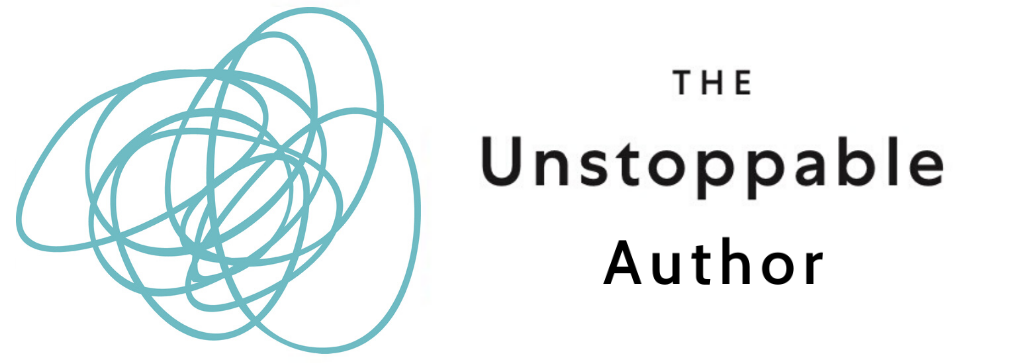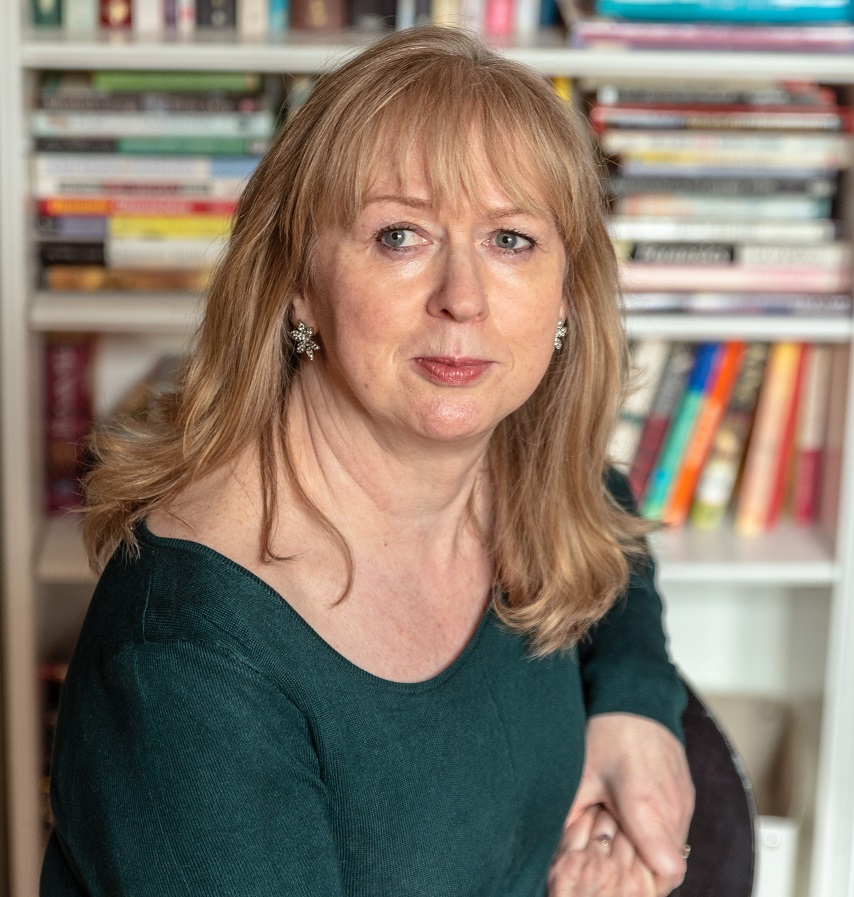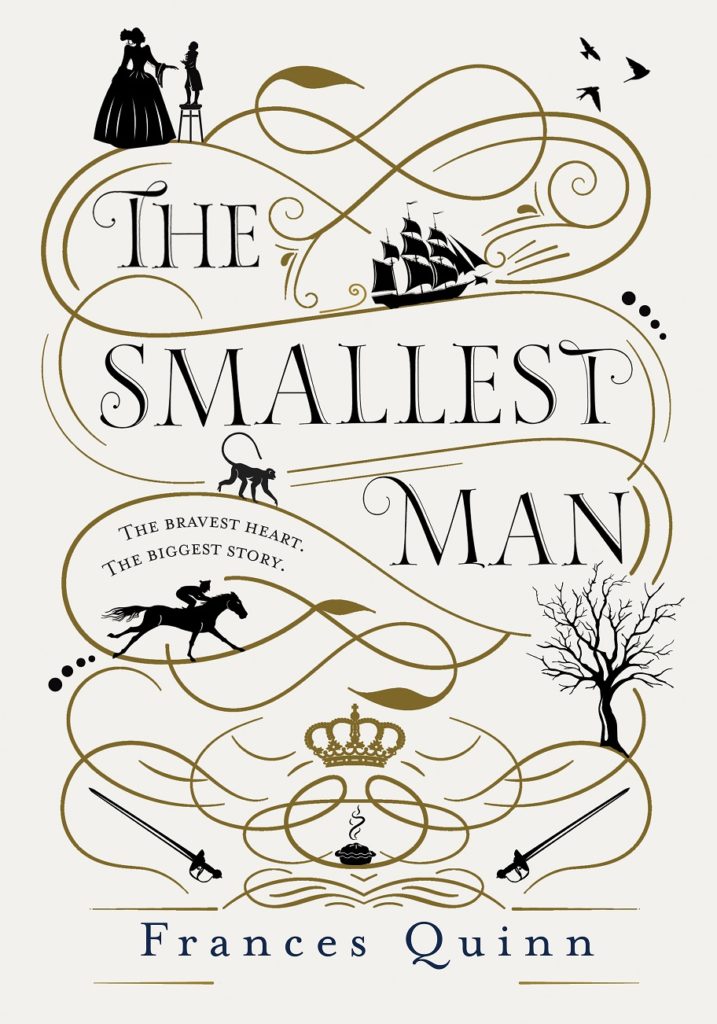“I had to scrap 30,000 words and write
a new ending”
When Frances Quinn got a publishing deal for her historical novel, The Smallest Man, she had no idea there was still a huge writing task ahead.
As a first time author, you think when you finally get that longed-for contract, your troubles are over. I certainly did, so when I met my editor, Clare, and she said she had ‘some thoughts’ about the book, I wasn’t too worried. I should have been. I was off for a weekend with my writing buddies, Kate Clarke and Lucy Smallwood Barker, when the email arrived. She was suggesting quite a big change, and she hoped I’d see the reason for it…yikes.
I left the attachment unopened, thinking I might as well have a peaceful night’s sleep. Around midnight, curiosity won, and there it was: could I scrap the last 30,000 words, and write a new ending to replace them? To explain: The Smallest Man was inspired by a historical character, Jeffrey Hudson, though it tells the story of a fictional counterpart, Nat Davy. Jeffrey had an extraordinary life as a ‘court dwarf’ at the time of the English Civil War, and one of his many adventures was being captured by pirates and spirited off to Morocco. That formed the book’s final section, which as Clare pointed out, meant familiar characters disappearing, to be replaced by a new cast and a whole new story. It didn’t work.
She was right, but I had no idea how I was going to fix it. The book had taken me four years, seven drafts and a ton of research and though the story had changed a lot along the way, I just couldn’t think how to end it differently. A lot of ends had been tied up in the Morocco section, and now they were all hanging loose with nowhere to go. On top of that, the later years of the Civil War were deadly dull: what on earth was Nat going to do for 30,000 words? In the long, dark hours of a sleepless night, I actually thought I was going to have to say, I can’t do it, and see my dream of getting the book published disappear.
I went down to breakfast, looking like a woman heading for the gallows, and told Kate and Lucy the news. Despite the fact that they both have young children and that weekend’s writing time was very precious, they gave up their morning to brainstorm ideas with me. Nat had to stay in England: what could we do with him? We’d been writing together for four years by then, so they knew my characters almost as well as I did, and gradually, an idea took shape. I don’t think I will ever be able to express how grateful I am to Lucy and Kate for that morning’s work.
It wasn’t entirely straightforward after that – I had to do a lot more research, and weaving all the loose ends back in was tricky – but I did it, and the book is very much the better for it. And what it taught me, apart from that good writing buddies are worth more than diamonds, is that there’s always another way to tell a story – you just have to kick the fear to one side and find it.
Frances Quinn grew up in Forest Gate, East London and studied English at King’s College, Cambridge, realising too late that the course would require more than lying around reading novels for three years. After snatching a degree from the jaws of laziness, she became a journalist, writing for magazines including Prima, Good Housekeeping, She, Woman’s Weekly and Ideal Home, and later branched out into copywriting, producing words for everything from Waitrose pizza packaging to the Easyjet in-flight brochure. In 2014, she won a place on the Curtis Brown Creative novel writing course, and started work on her first novel, The Smallest Man. She lives in Brighton, with her husband and two Tonkinese cats, and can be found on Twitter as @franquinn, Instagram as @franquinn21 and Facebook as Frances Quinn Author.
About THE SMALLEST MAN:
Set in 17th century England and inspired by a real historical character, The Smallest Man tells the story of Nat Davy, who becomes a ‘court dwarf’ at the time of Charles 1. Though initially his role is to be a kind of human pet, he soon realises that the young queen is as homesick and unhappy as he is, and they begin an unlikely friendship, just as England is beginning the slide towards a civil war that will tear the country apart and result in the execution of the king. It’s published by Simon & Schuster on January 7, as hardback, audio book and e-book.
The secret about writing all published authors know: there’s always another way to tell your story


